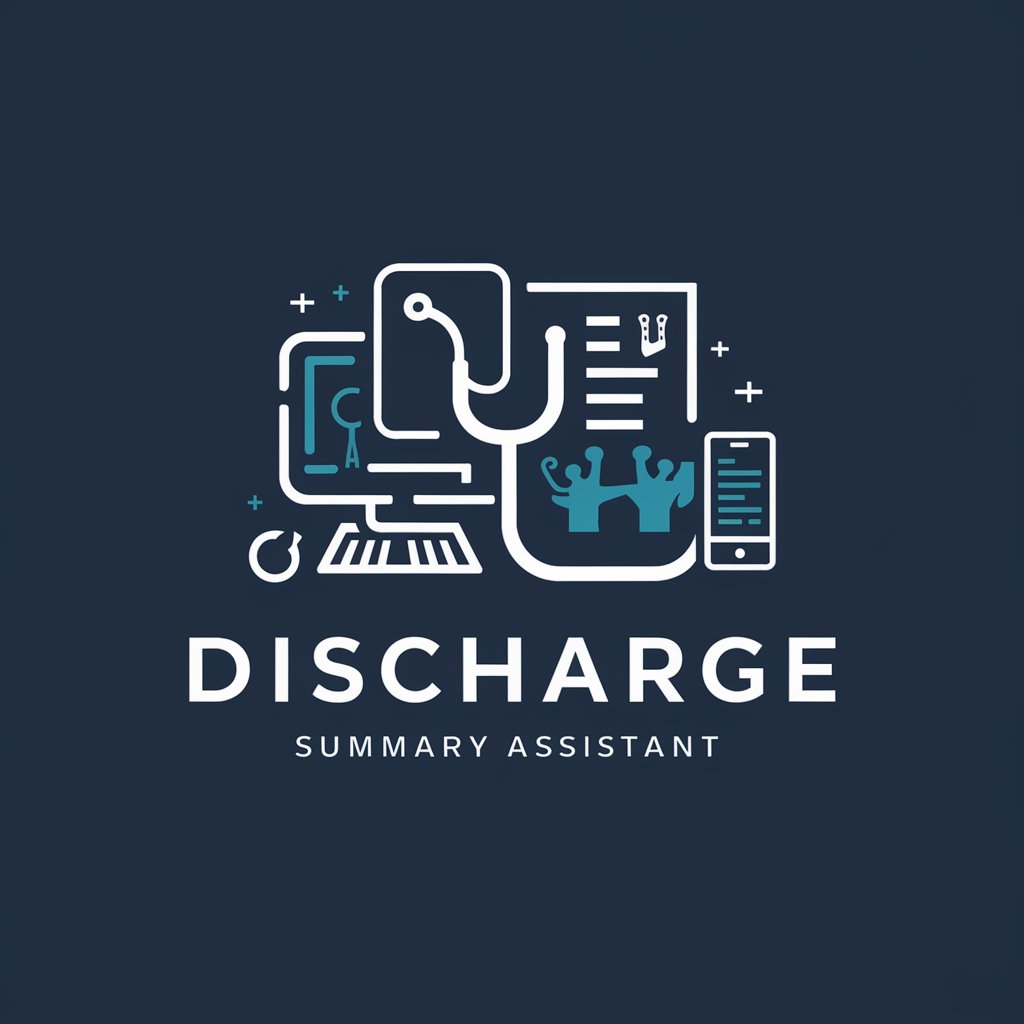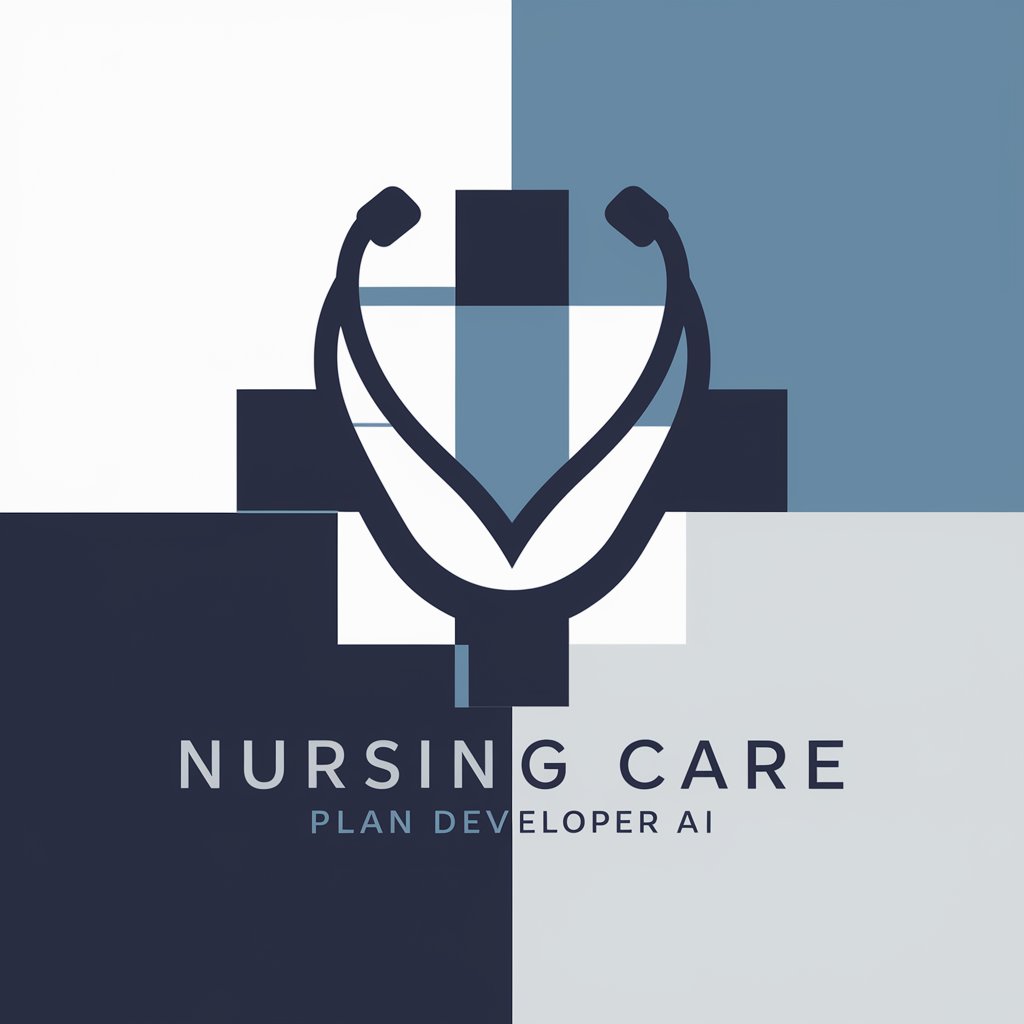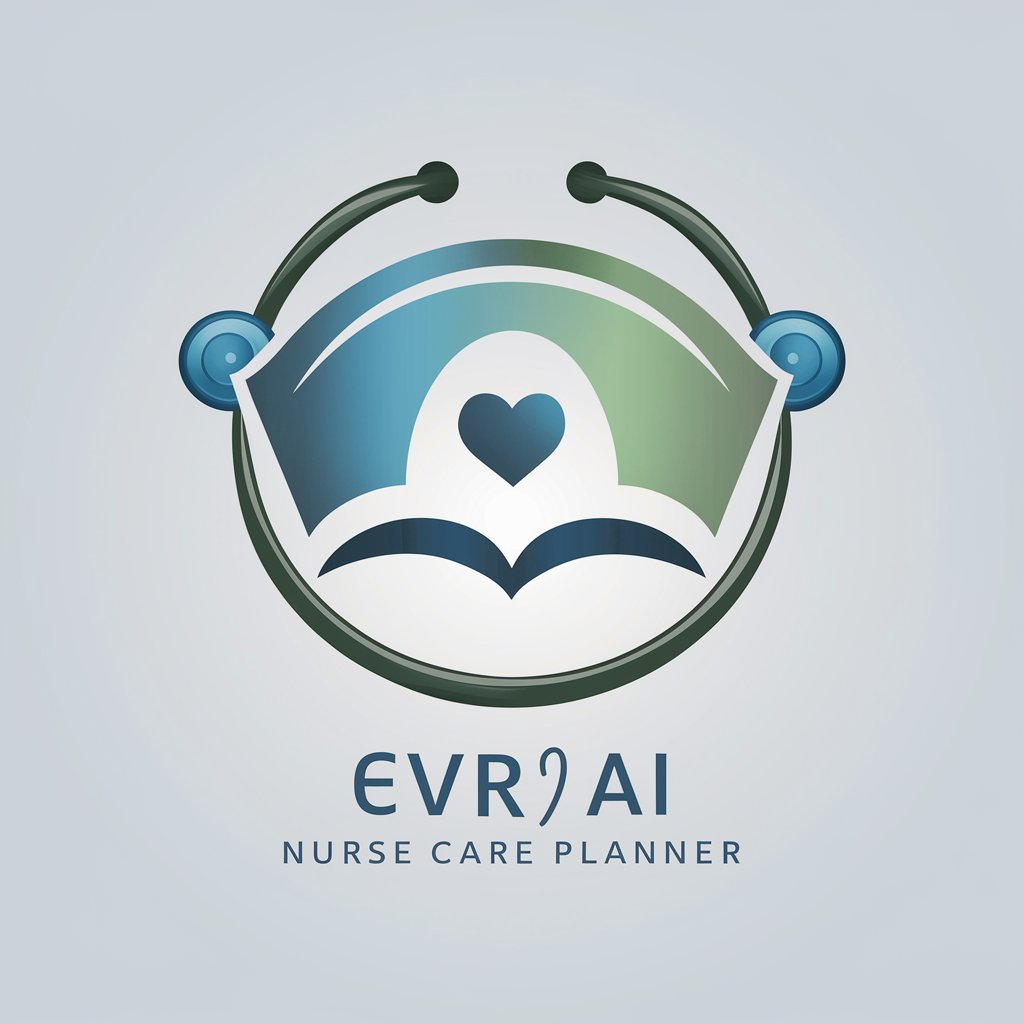
Discharge Planning AI - AI-Driven Discharge Planning

Hi, I'm here to assist with hospital discharge planning.
Streamlining Patient Transitions with AI
Suggest a discharge plan for a patient with limited mobility.
Create a referral template for a nursing facility.
Generate a fax cover sheet for patient referral.
How to balance patient wishes with insurance constraints?
Get Embed Code
Overview of Discharge Planning AI
Discharge Planning AI is designed to optimize the process of discharging patients from acute hospital settings to ensure they receive appropriate follow-up care, either at home or in a post-acute care facility. Its core purpose is to facilitate the transition from hospital to the next stage of care by assessing patient needs, considering their living situation, and evaluating their levels of independence before and after hospitalization. It assists in the development of personalized discharge plans by integrating information about the patient's health status, therapy recommendations, family wishes, insurance coverage, and financial capabilities. For example, for a patient recovering from hip replacement surgery, Discharge Planning AI would assess the need for in-home services like physical therapy, recommend appropriate durable medical equipment (DME) like walkers or handrails, and ensure the plan aligns with the patient's insurance benefits. Powered by ChatGPT-4o。

Key Functions and Use Cases of Discharge Planning AI
Patient Assessment
Example
Evaluating a patient's ability to perform daily activities post-discharge.
Scenario
For a stroke patient, it assesses mobility, speech, and self-care capabilities to tailor the home environment and services needed for recovery.
Planning for Durable Medical Equipment (DME)
Example
Recommending DME based on patient's post-discharge needs.
Scenario
Identifying the need for a hospital bed, wheelchair, or shower chair for a patient with limited mobility to ensure safety and comfort at home.
In-Home Services Coordination
Example
Arranging for Home Health Care (HHC) or Home Infusion services.
Scenario
Setting up home health nursing visits for a diabetic patient needing wound care and medication management, or organizing home infusion therapy for a patient requiring long-term antibiotics.
Insurance and Payment Assistance
Example
Navigating insurance benefits and out-of-pocket costs.
Scenario
Advising on the coverage of services and equipment like home oxygen therapy for a COPD patient, including identifying potential financial assistance programs.
Facilitating Communication with Care Facilities
Example
Creating referral templates and fax cover sheets for smooth transitions.
Scenario
Ensuring seamless transfer of a patient to a skilled nursing facility by preparing detailed referrals and coordinating with receiving facility's staff.
Target User Groups for Discharge Planning AI Services
Healthcare Professionals
Doctors, nurses, and social workers involved in discharge planning who require assistance in creating efficient, personalized care plans for patients transitioning out of hospital care.
Case Managers and Discharge Planners
Specialists focusing on the logistical aspects of patient care transitions who can leverage AI to streamline the assessment, planning, and coordination tasks, ensuring patients receive the necessary post-discharge services.
Healthcare Administrators
Administrative staff seeking to improve patient outcomes and reduce readmission rates by implementing technology-driven solutions for more effective discharge planning.
Patients and Families
Individuals and families navigating the complex process of post-hospital care planning who can benefit from clear, actionable information on available services, equipment, and financial support.

How to Use Discharge Planning AI
1. Start Your Trial
Visit yeschat.ai for a complimentary trial, accessible without the need for registration or a ChatGPT Plus subscription.
2. Define Patient Needs
Input detailed information about the patient's medical condition, current levels of independence, and post-discharge needs.
3. Review Recommendations
Analyze the AI-generated discharge plan, including recommendations for Durable Medical Equipment (DME), Home Health Care (HHC), and other services.
4. Customize Plan
Adjust the plan based on patient and family preferences, insurance coverage, and financial considerations.
5. Implement and Monitor
Use the plan to guide discharge and follow-up, adjusting as needed based on patient progress and feedback.
Try other advanced and practical GPTs
Fitness Friend
AI-powered Personal Fitness Coach

! Bacteria Guide !
Unlocking Bacterial Secrets with AI

Summary Highlighter
Condense Text with AI Precision

Текстовый Аналитик
Unlock insights with AI-powered text analysis

Master Rumi's Canvas
Unlocking the Essence of Rumi's Poetry

Pixr Postr
Bringing Pixar Magic to Your Posters

LifeCapture AI
Bringing Your Imagination to Life, Ethically.

BC MediTax Guide
Simplify medical tax deductions with AI

DJINN
AI-Powered Personal Assistant for Goal Realization

Dr. Raven's Comprehensive Ortho-bot
AI-Powered Orthopedic Guidance

Kafka
Explore Kafka's world through AI

ArtisEve
Empower Your Art Journey with AI

Frequently Asked Questions about Discharge Planning AI
What is Discharge Planning AI?
Discharge Planning AI is an artificial intelligence tool designed to assist healthcare professionals in creating effective and personalized discharge plans for patients transitioning from hospital to home care or other facilities.
How does Discharge Planning AI improve patient care?
By analyzing patient information and healthcare standards, it offers tailored recommendations for care post-discharge, ensuring a smooth transition, reducing readmission rates, and promoting patient independence.
Can Discharge Planning AI consider insurance and financial factors?
Yes, it integrates patient insurance details and financial capabilities to suggest viable options, helping to create a feasible discharge plan within budget constraints.
Is Discharge Planning AI suitable for all types of patients?
It is versatile enough to cater to a wide range of patient needs, including those with chronic conditions, post-surgery patients, and individuals requiring rehabilitation services.
How can healthcare professionals integrate Discharge Planning AI into their workflow?
Professionals can incorporate the tool into their discharge planning process by inputting patient data, reviewing AI-generated plans, and customizing these plans as necessary, all of which can streamline and enhance patient discharge procedures.





